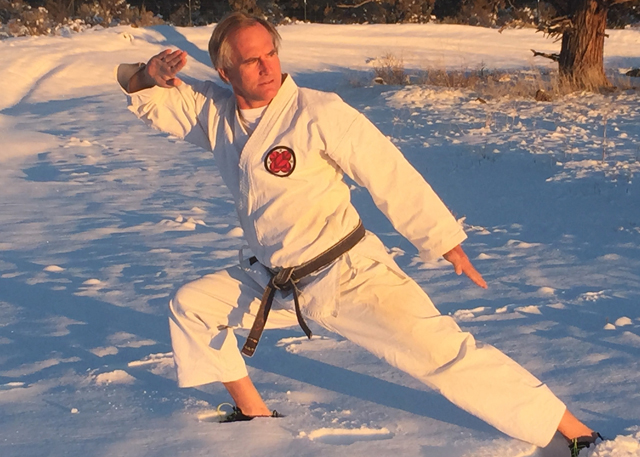
BLIND
SPOT
Some
people have natural talent that makes part of karate easy for them to learn.
For example some beginners are agile and can kick face height as a white belt.
Some students are naturally strong and can kime with intensity early in their
karate journey. As a beginner, my kime was better than my agility or
technique. However my kime caused a problems in my karate. I
would kime my whole body like it was one muscle. My arms, legs, throat and
even my face would kime. As I started to move, my face would contort one
way or the other, so in kumite I would telegraph my attack. During kata my
stance might be stable or my punch might be strong but I always had some facial
expression that detracted from the stance, or posture, or form. My face
kime problem was highly visible to observers, but I was blind to it. I
couldn’t feel it when I did it, and when I finally heard people tell me about
it. It was difficult to fix. In this way improving in Karate is like
driving a car there are blind spots that we can’t see even when we look in the
mirror.
As an
instructor being aware that different people have different blind spots is a key
in exploring different ways of teaching the same lesson. Not everybody can
see the example we offer as teachers because people have blind spots.
One of
Sensei Sekiguchi talents as a teacher is mimicry. When he watches somebody
do a karate move he can mimic them. He can show them how their body
movement is incorrect and then show them how they should move. Mimicry is
a visual tool that is easy to understand when used with good intent.
Mimicry is one tool that helps people see their blind spot.